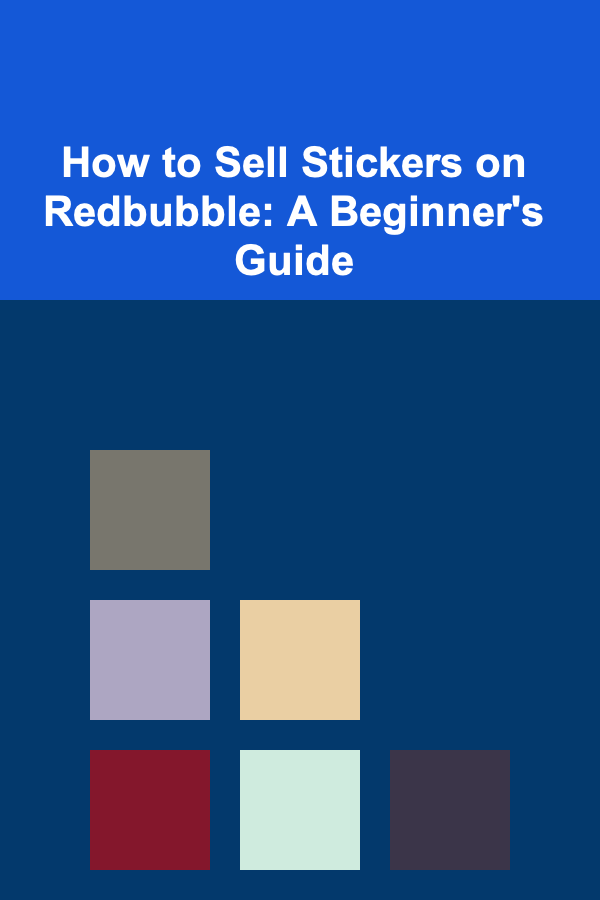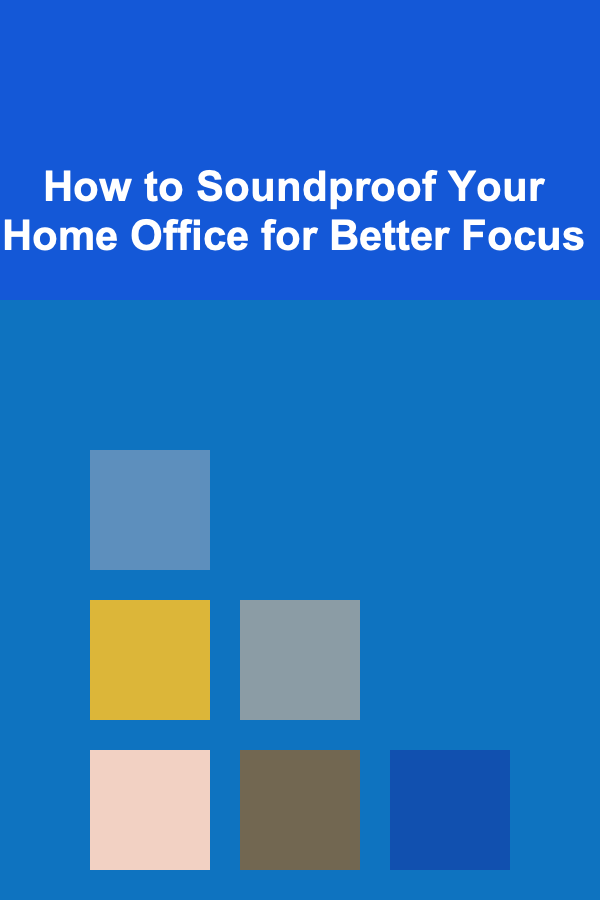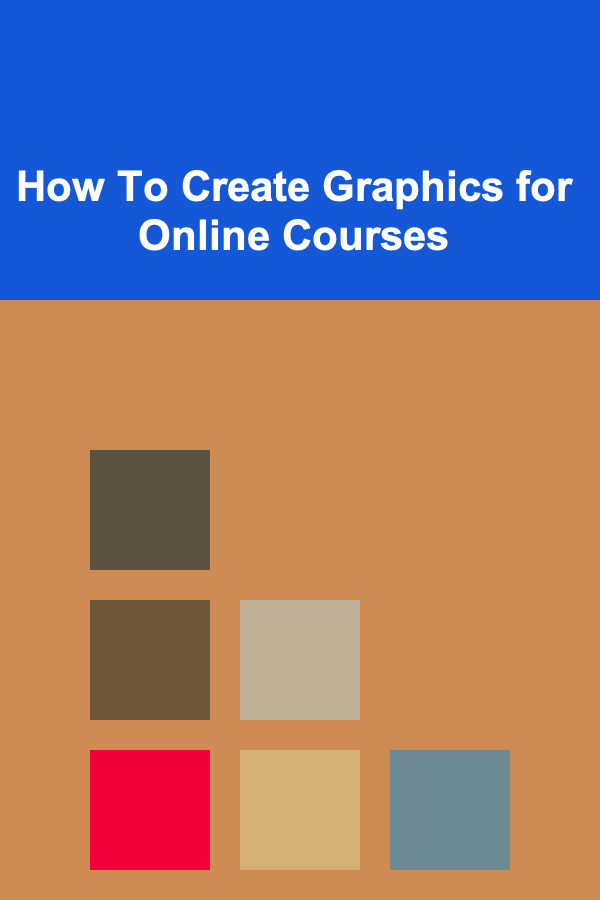
How to Sell Stickers on Redbubble: A Beginner's Guide
ebook include PDF & Audio bundle (Micro Guide)
$12.99$11.99
Limited Time Offer! Order within the next:

The world of online marketplaces offers countless opportunities for creative individuals to monetize their artwork, and one platform that has gained significant popularity is Redbubble. This print-on-demand platform allows artists to upload their designs, which are then printed on a wide range of products, including stickers, clothing, home decor, and more. Among these, stickers are one of the most popular and accessible products to sell, especially for beginners looking to dip their toes into the world of e-commerce.
In this article, we'll guide you through the entire process of selling stickers on Redbubble, from setting up your account to creating and marketing your designs. Whether you're an experienced artist or just starting out, this comprehensive guide will provide you with the tools and knowledge to successfully sell your stickers on Redbubble.
Getting Started: Setting Up Your Redbubble Account
Before you can start uploading stickers to Redbubble, you need to create an account. This process is quick, simple, and free.
1.1 Sign Up for an Account
To get started, go to the Redbubble website and sign up for an account. You can either use your email address to create a new account or sign up through your Google or Facebook account.
Once you've registered, you'll be prompted to set up your Redbubble profile. Here's what you'll need to do:
- Choose Your Username: This will be the name customers see when browsing your shop, so choose a catchy and memorable name that reflects your brand or artistic style.
- Set Up Your Profile: Add a profile picture, write a bio, and provide any other information that helps convey who you are as an artist. This is your opportunity to connect with potential customers and build trust.
- Payment Setup: You'll need to link your PayPal or bank account to Redbubble in order to receive payments. This is an essential step to ensure you get paid for your sales.
1.2 Explore Redbubble's Interface
Once your account is set up, take some time to explore Redbubble's interface. Familiarize yourself with the different sections, including:
- Dashboard: This is where you'll manage your designs, track sales, and monitor your shop's performance.
- Shop Settings: This section allows you to adjust your shop's settings, such as your shop banner, featured designs, and privacy preferences.
- Redbubble Marketplace: Explore other sellers' shops and see what types of stickers are popular, how they're priced, and how you can differentiate yourself in the marketplace.
Understanding how the platform works will make it easier for you to navigate when you're ready to upload your stickers.
Creating Stickers for Redbubble
The core of your business on Redbubble will be the designs you upload. Creating sticker designs that are visually appealing, marketable, and of high quality is essential for making sales. Here's how you can create and prepare your sticker designs.
2.1 Design Tips for Redbubble Stickers
When creating stickers for Redbubble, consider the following tips to ensure your designs are both eye-catching and suitable for print:
- Keep It Simple: Stickers often work best when the design is simple, clear, and easy to understand. Avoid overly complicated artwork that may not translate well onto small sticker sizes.
- Use High-Quality Graphics: Your designs need to be of high resolution, typically at least 300 DPI (dots per inch), to ensure they look sharp when printed on stickers. Redbubble recommends a minimum size of 2800x2800 pixels for sticker designs.
- Consider Different Styles: Explore different design styles, such as minimalism, typography, illustrations, or pop culture references. Experiment with trends, but make sure your designs remain true to your unique style.
- Transparent Backgrounds: Stickers with transparent backgrounds tend to look cleaner and more professional. Design your artwork using transparent backgrounds (in PNG format) to make it stand out.
- Avoid Text Overload: While text can work well in some designs, too much text can make the sticker difficult to read, especially when scaled down.
2.2 Tools for Creating Sticker Designs
There are many tools available for creating sticker designs. Here are some of the most popular design software options:
- Adobe Illustrator: A professional vector-based design tool perfect for creating scalable, high-resolution artwork.
- Adobe Photoshop: Great for raster-based designs and photo manipulation. Useful for creating detailed and textured sticker designs.
- Procreate: A popular app for iPad that is particularly favored by illustrators and artists for its user-friendly interface and wide range of brush tools.
- Canva: A web-based design tool that's easy to use and perfect for beginners. Canva offers a wide selection of templates and design elements that can help you get started quickly.
- Inkscape: A free, open-source alternative to Adobe Illustrator that is perfect for creating vector designs.
Once your sticker design is complete, make sure to export it in the correct format (preferably PNG) and ensure it meets Redbubble's size and quality requirements.
Uploading Your Sticker Designs to Redbubble
With your designs ready, it's time to upload them to Redbubble. The platform makes it easy to upload and manage your artwork. Here's the step-by-step process:
3.1 Uploading Your Design
- Log in to your Redbubble account and navigate to the "Manage Portfolio" section.
- Click the "Add New Work" button to upload your design.
- Select the design file from your computer (make sure it's in PNG format with a transparent background).
- Redbubble will automatically generate a preview of how your design will look on various products, including stickers, T-shirts, posters, and more. You can customize your design's placement on each product, but for now, focus on the stickers.
3.2 Selecting Sticker Products
Once your design is uploaded, you'll have the option to choose which products your design will be printed on. Redbubble allows you to sell your artwork on a wide range of items, but for stickers, follow these steps:
- Under the product options, scroll down to the "Stickers" section.
- Select the type of stickers you want to sell. Redbubble offers various shapes and sizes, including kiss-cut stickers, die-cut stickers, and transparent stickers.
- Adjust the placement of your design to ensure it looks good on the selected sticker shape. Make sure the key elements of your design are centered and properly aligned.
3.3 Title, Description, and Tags
To help your stickers get discovered, you'll need to add a title, description, and tags. Here's how to optimize them:
- Title: Choose a clear and descriptive title for your design. Use relevant keywords that potential customers might search for.
- Description: Write a compelling description of your sticker design. Mention the design's inspiration, what makes it unique, and any other details that might appeal to buyers.
- Tags: Add relevant tags that describe your design and help it appear in search results. Use a combination of broad and specific tags to reach a wider audience. For example, if you have a sticker of a cat, use tags like "cat," "pet," "animals," "cute," and "funny."
3.4 Pricing Your Stickers
Redbubble allows you to set your own markup for each product you sell, including stickers. The base price for stickers is set by Redbubble, but you can adjust your markup percentage to determine how much profit you make on each sale.
- Base Price: This is the price Redbubble charges to produce the sticker, which varies depending on the product type and production costs.
- Markup: This is the amount you add to the base price to set your final price. A common markup for stickers ranges between 20% and 30%, but you can adjust it based on your goals.
It's essential to find a balance between competitive pricing and profitability. Research what other sellers charge for similar stickers to ensure you stay competitive while maximizing your profit margin.
Promoting Your Stickers
Once your stickers are uploaded, the next step is to promote them. Without promotion, it can be difficult to generate sales on Redbubble, as the platform is crowded with millions of designs. Here are some strategies to help your stickers stand out:
4.1 Utilize Social Media
Social media is a powerful tool for promoting your stickers and gaining visibility. Create profiles on platforms like Instagram, Twitter, Pinterest, and TikTok to showcase your designs, share your creative process, and engage with your followers. Use relevant hashtags, participate in trends, and post regularly to grow your audience.
- Instagram: Share high-quality images and videos of your stickers. Instagram's visual nature makes it ideal for artists to showcase their work.
- Pinterest: Create pinboards for different sticker themes and link back to your Redbubble shop.
- TikTok: Share short videos showcasing your creative process, packaging orders, or unboxing your stickers.
4.2 Collaborate with Influencers
Partnering with influencers in your niche can help promote your stickers to a wider audience. Look for influencers who align with your brand and offer them free products in exchange for promotion.
4.3 SEO and Keywords
Search engine optimization (SEO) is essential for getting your stickers discovered both on Redbubble and through search engines like Google. Focus on optimizing your titles, descriptions, and tags with relevant keywords.
4.4 Join Online Communities
Participate in online communities and forums where people share their interests in art, design, and stickers. Platforms like Reddit, Discord, and Facebook Groups can provide a great way to connect with potential customers and share your Redbubble shop.
Analyzing Your Sales and Growing Your Business
Once your stickers start selling, it's important to track your performance and adjust your strategies accordingly. Redbubble provides useful analytics tools that allow you to monitor your sales, identify popular designs, and track your earnings.
Pay attention to customer feedback, look for trends in your best-selling stickers, and continuously update your portfolio to reflect changing market demands. As your brand grows, consider expanding into other products beyond stickers to diversify your revenue streams.
Conclusion
Selling stickers on Redbubble is an excellent way to monetize your creativity, especially for beginners. By following the steps outlined in this guide, you can set up your Redbubble account, create high-quality sticker designs, upload them to the platform, and promote them effectively. The key to success lies in producing unique designs, optimizing your shop for search engines, and leveraging social media to drive traffic to your Redbubble store. With persistence, creativity, and effective marketing, you can build a profitable sticker business on Redbubble and beyond.
Reading More From Our Other Websites
- [Home Party Planning 101] How to Make Your Party Stand Out with Creative Centerpieces
- [Home Party Planning 101] How to Choose the Perfect Theme for Your Home Party
- [Organization Tip 101] How to Make a Statement with Bold Furniture Choices
- [Organization Tip 101] DIY Accent Wall Ideas: Easy Updates for Any Room
- [Star Gazing Tip 101] From Galaxies to Inner Space: Merging Astronomy and Mindfulness
- [Weaving Tip 101] Exploring the Classics: A Guide to Plain, Twill, and Satin Weaves
- [Mindful Eating Tip 101] From Plate to Planet: Integrating Mindful Eating Practices with Eco‑Friendly Food Choices
- [Home Maintenance 101] How to Maintain Hardwood Floors and Keep Them Looking New
- [Personal Financial Planning 101] How to Plan for Healthcare Costs in Your Retirement
- [Reading Habit Tip 101] Themed Book Club Nights: From Mystery to Magical Realism

How to Dispose of Sensitive Documents Safely
Read More
How to Organize Your Craft Library with Books and Magazines
Read More
How to Soundproof Your Home Office for Better Focus
Read More
How To Create Graphics for Online Courses
Read More
10 Tips for Investing in Rental Properties: A Real Estate Agent's Advice
Read More
How to Build Relationships with Healthcare Professionals as a Patient Advocate
Read MoreOther Products

How to Dispose of Sensitive Documents Safely
Read More
How to Organize Your Craft Library with Books and Magazines
Read More
How to Soundproof Your Home Office for Better Focus
Read More
How To Create Graphics for Online Courses
Read More
10 Tips for Investing in Rental Properties: A Real Estate Agent's Advice
Read More